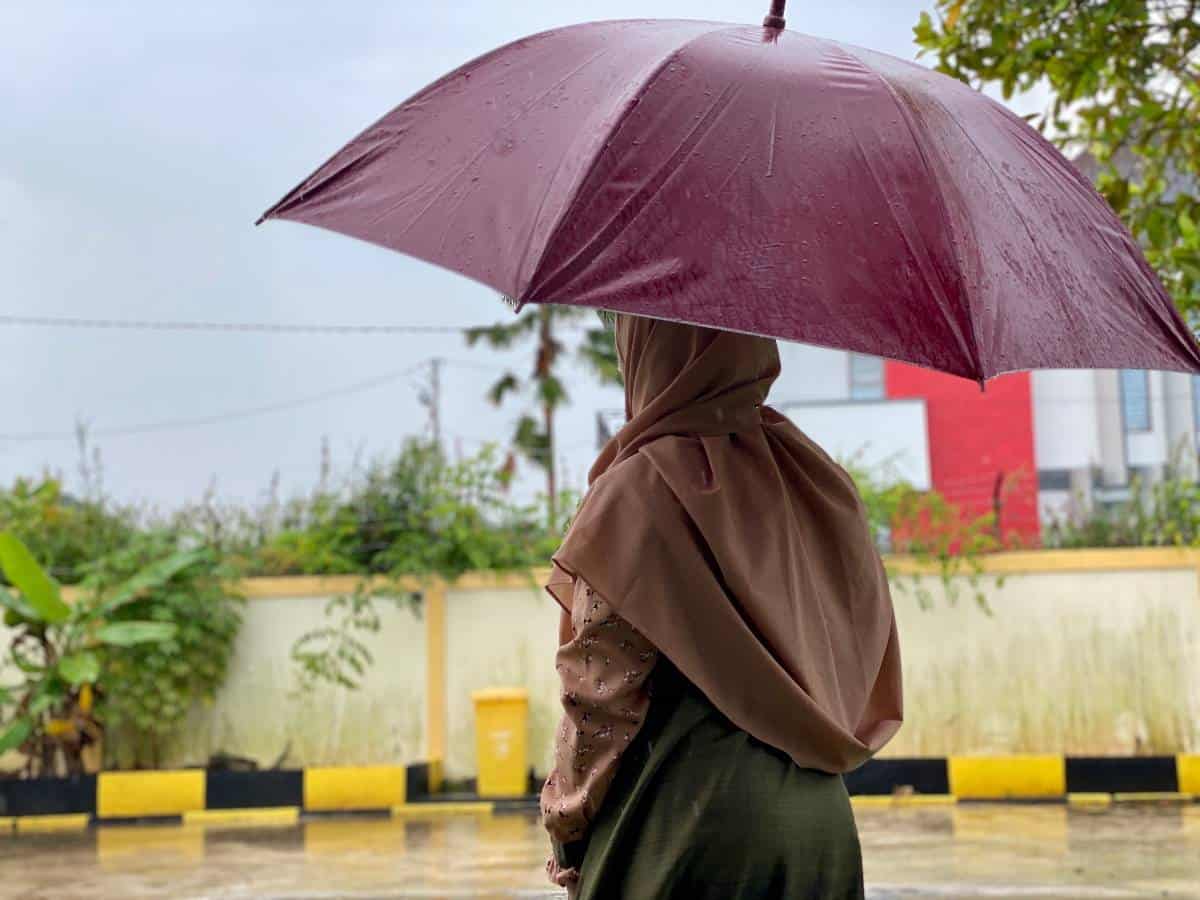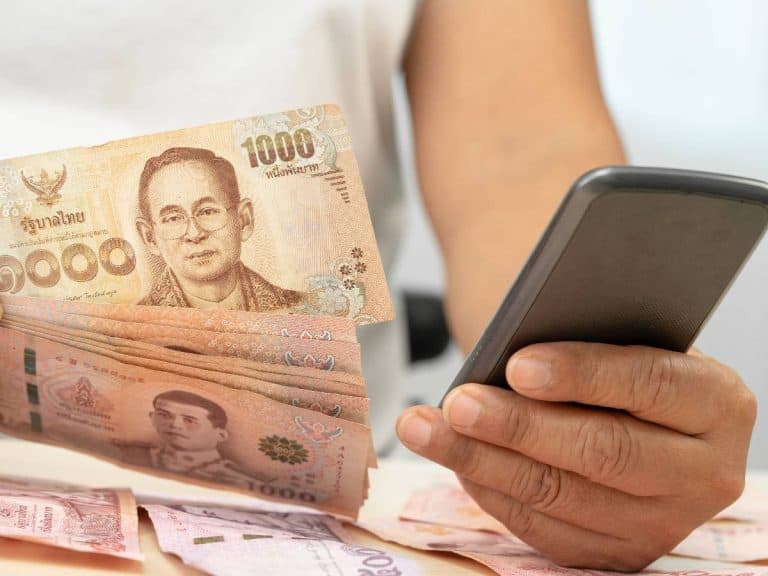Dealing With Rainy Season in Thailand: A Complete Guide
Thailand’s rainy season transforms the tropical paradise into a different kind of wonderland. While monsoon downpours might seem challenging at first, dealing with rainy season in Thailand doesn’t have to dampen your experience. From July to October, these refreshing showers bring lush landscapes, fewer tourists, and authentic local experiences. Rather than avoiding these months, savvy travelers and residents discover that with simple preparations and flexible planning, the monsoon reveals Thailand’s resilient spirit and hidden treasures that sunshine-only visitors never get to see.
Understanding Thailand’s Rainy Season
Regional Variations and Timing
Thailand’s diverse geography means rainfall patterns differ significantly across regions. Bangkok and central Thailand typically experience heavy but brief afternoon downpours from July through October. The Andaman coast (Phuket, Krabi) faces its wettest period from May to October, while the Gulf islands (Koh Samui, Koh Phangan) receive their heaviest rainfall from October to December. Northern regions around Chiang Mai see earlier monsoon effects, usually beginning in June.
Rainfall Patterns and Intensity
Contrary to popular belief, rainy season doesn’t mean constant precipitation. Typical monsoon patterns involve intense but short-lived downpours, often lasting 1-2 hours before clearing. Morning hours generally remain dry, with afternoons and early evenings being more prone to storms. September typically sees the heaviest rainfall across most regions, with the potential for flash flooding in urban areas.
Essential Preparation Strategies
Accommodation Considerations
Choosing appropriate lodging becomes particularly important during monsoon months. Properties on higher ground or with proper drainage systems offer peace of mind during heavy downpours. Consider booking accommodations with covered walkways, indoor facilities, and reliable backup generators for power outages. Many hotels offer significant rainy season discounts, providing luxury options at mid-range prices.
Transportation Adaptations
Road conditions can deteriorate quickly during heavy rainfall. Prioritize vehicles with higher clearance when traveling in rural areas. For urban exploration, ridesharing services prevent extended waits in downpours. When renting motorbikes—a popular option throughout Thailand—opt for models with anti-lock braking systems and invest in quality rain ponchos that cover both rider and vehicle.
Wardrobe Essentials
Strategic packing can significantly improve your rainy season experience. Quick-drying fabrics outperform cotton for daily wear. Waterproof phone cases and dry bags protect electronics and valuables. Consider packing multiple footwear options, including waterproof sandals for casual use and quick-drying athletic shoes for active days. Surprisingly, umbrellas often prove less practical than lightweight rain jackets with proper ventilation designed for tropical climates.
Navigating Daily Life
Urban Flooding Management
Bangkok and other major cities can experience significant street flooding after heavy downpours. Familiarize yourself with flood-prone areas through local flood monitoring apps or websites. Elevated walkways and shopping malls provide interconnected dry routes through many urban centers. When wading becomes necessary, be aware that submerged hazards like open manholes pose serious risks—stick to visible paths and follow locals’ lead.
Food Safety Precautions
Street food remains a highlight of Thai culture year-round, but additional precautions help prevent waterborne illnesses during rainy season. Prioritize vendors with high turnover and proper covering for food preparation areas. Fresh fruit requires thorough washing with purified water. Probiotics can help strengthen digestive systems against potential contamination, while staying hydrated with purified water supports overall immunity.
Dealing with Increased Humidity
Beyond rainfall itself, the elevated humidity presents its own challenges. Portable dehumidifiers can significantly improve comfort in accommodations without climate control. Anti-fungal powders prevent common skin irritations in tropical environments. Schedule more frequent laundry cycles as clothing and linens remain damp longer, potentially developing mildew if left unattended.
Embracing Seasonal Opportunities
Cultural Experiences and Festivals
The rainy season coincides with significant cultural celebrations. Khao Phansa (Buddhist Lent) transforms temples with elaborate candle processions and ceremonies. Vegetarian Festival in Phuket offers unique culinary and spiritual experiences despite occasional showers. Indoor cultural venues like Bangkok’s Museum Siam and Jim Thompson House provide enriching experiences regardless of weather conditions.
Culinary Specialties
Monsoon months bring seasonal delicacies worth exploring. Rain-fed mushroom varieties appear in northern Thai dishes, while jackfruit reaches its prime ripeness. Traditional hot soups like tom yum and tom kha gain additional appeal during cooler, rainy evenings. Many restaurants offer monsoon specials featuring ingredients historically associated with immune-boosting properties.
Photography Opportunities
Photographers discover unique visual opportunities during the rainy season. Dramatic cloud formations create spectacular sunset conditions between storms. Water droplets transform ordinary scenes into macro photography showcases. The enhanced saturation of landscapes—particularly the vibrant greens of rice paddies and forests—provides striking visuals unavailable during drier months.
Health and Safety Considerations
Mosquito Prevention Strategies
Increased standing water creates additional mosquito breeding grounds. Beyond standard repellents, consider permethrin-treated clothing for extended outdoor activities. Ultrasonic repellent devices provide chemical-free alternatives for accommodation spaces. Supporting local mosquito control efforts by eliminating standing water near your residence contributes to community health initiatives.
Waterborne Illness Prevention
Swimming in natural water sources requires additional caution during monsoon months when runoff can affect water quality. Coastal areas may experience stronger rip currents and reduced visibility. Monitor local beach advisories and respect red flag warnings, even if conditions appear calm on the surface.

Finding Your Path to Better Living in Asia: Expert Guidance for Your Next Chapter
Our founder Tom Kitti spent 35 years in the US before discovering his true home in Thailand. Now, he’s assembled a team of expat experts to help you navigate your own Asian journey—whether you’re retiring, working remotely, or launching a business. We started with Thailand but are expanding across Asia, Betterlivingasia providing authentic insights that only long-term residents can offer. Let us show you how to create your own fulfilling Asian life story.
FAQs
What are some essential safety tips for the rainy season in Thailand?
Some essential safety tips for the rainy season include staying informed about weather forecasts, avoiding driving during heavy rain, turning on your headlights when driving, and keeping emergency supplies handy. Additionally, ensure your home is equipped to drain rainwater properly to prevent flooding.
How can I prepare for traveling during the rainy season in Thailand?
When traveling during the rainy season, make sure to pack waterproof clothing, such as a raincoat and waterproof shoes. It’s also important to carry an umbrella, check weather conditions regularly, and have a checklist of safety tips for the rainy to stay safe and dry.
What should I do if I encounter stagnant water during the monsoon season?
You should avoid walking through stagnant water, as it can be a breeding ground for insects and bacteria that transmit diseases like dengue. If you must cross, try to stay away from puddles and wear waterproof footwear.
How can I ensure access to clean water during the rainy season?
To ensure access to clean water, avoid using rainwater directly for drinking unless it has been properly filtered and purified. Store clean water in safe containers and regularly check for any signs of contamination.
What part of my home should I check to prepare for heavy rain?
You should check your gutters and downspouts to ensure they are clear and functioning properly. This helps to drain rainwater effectively and prevents flooding. Also, inspect your roof for any leaks or repairs that may be needed.
Conclusion
Thailand’s rainy season reveals the kingdom’s remarkable resilience and adaptability. With thoughtful preparation and a flexible mindset, this period offers authentic experiences beyond the standard tourist trail.
The temporary inconveniences of occasional downpours are balanced by lush landscapes, cultural immersion opportunities, and significantly reduced crowds at major attractions.
By embracing the rhythm of monsoon life—planning outdoor activities during morning hours, discovering indoor cultural treasures during downpours, and appreciating the magnificent transformation of waterfalls and countryside—visitors gain insight into Thailand’s environmental cycles and cultural adaptations.
Rather than avoiding these months, consider the rainy season an opportunity to experience Thailand as locals do: with patience, appreciation for natural beauty, and the understanding that some of life’s most memorable moments happen when conditions aren’t perfectly sunny. The kingdom of smiles continues to charm even through its wettest months, offering rewards to those willing to dance between the raindrops.






